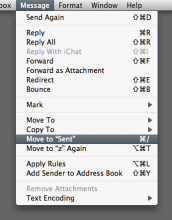Example of IOSurfaceCreateMachPort and IOSurfaceLookupFromMachPort
The IOSurface framework lets you pass a reference to an IOSurface — a kind of pixel buffer — from one process to another. Here’s an example of how to pass an IOSurface through a mach port using the functions IOSurfaceCreateMachPort and IOSurfaceLookupFromMachPort.




